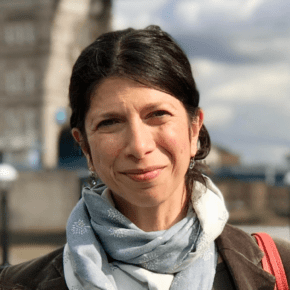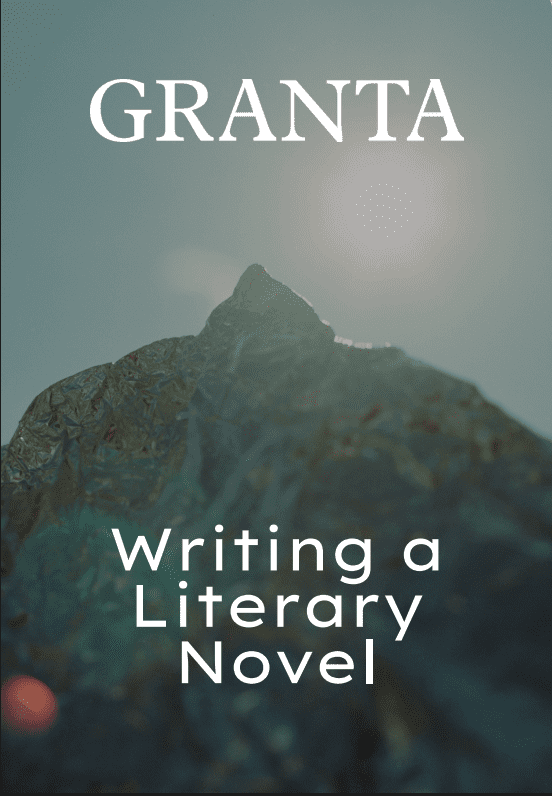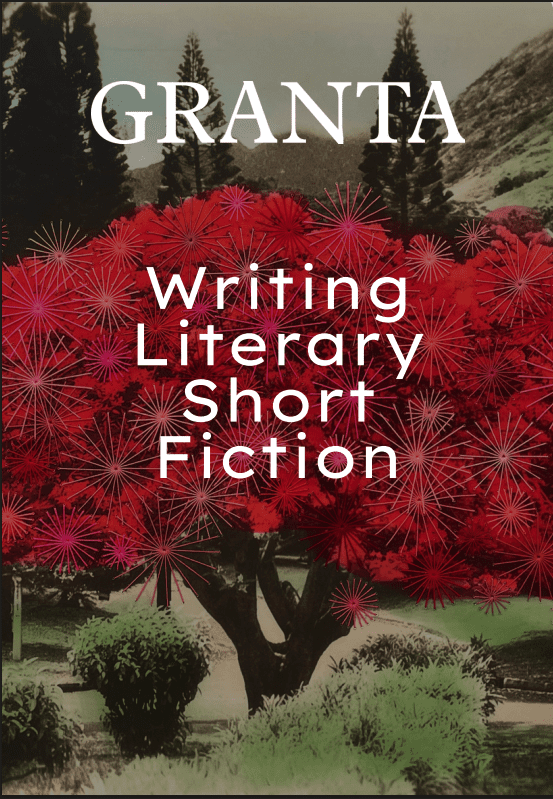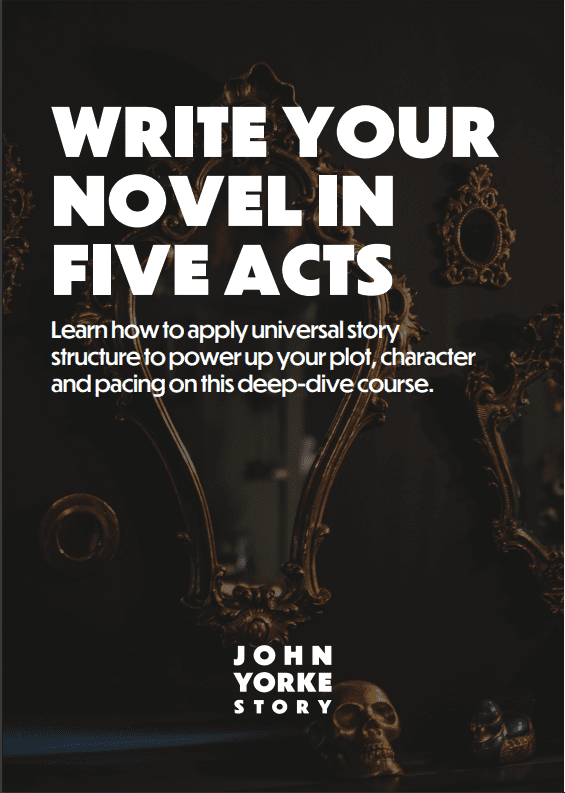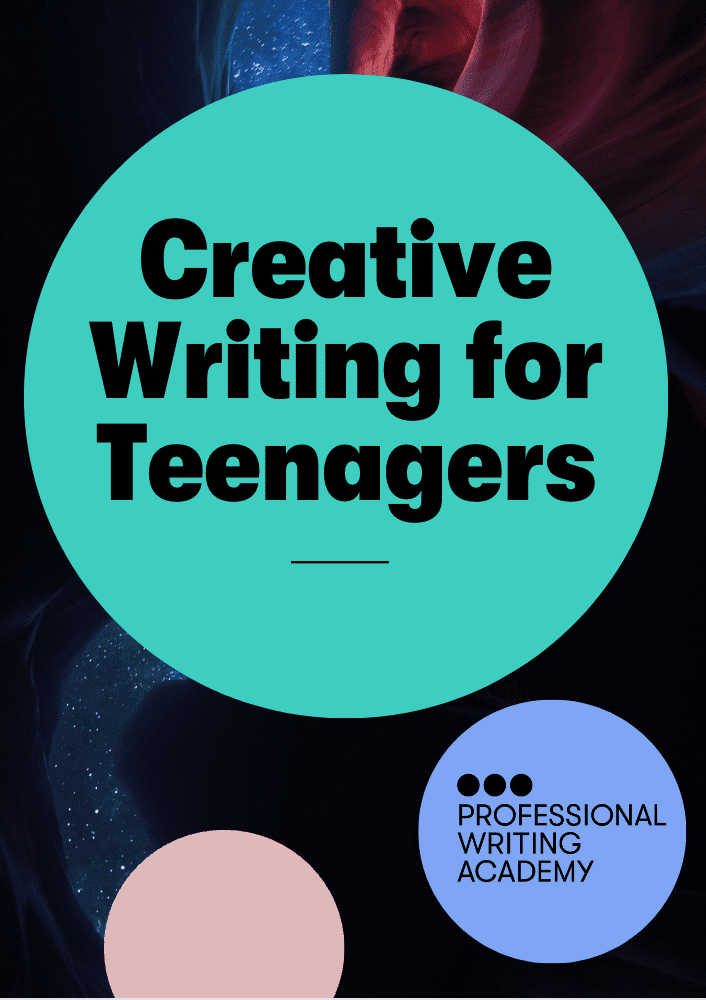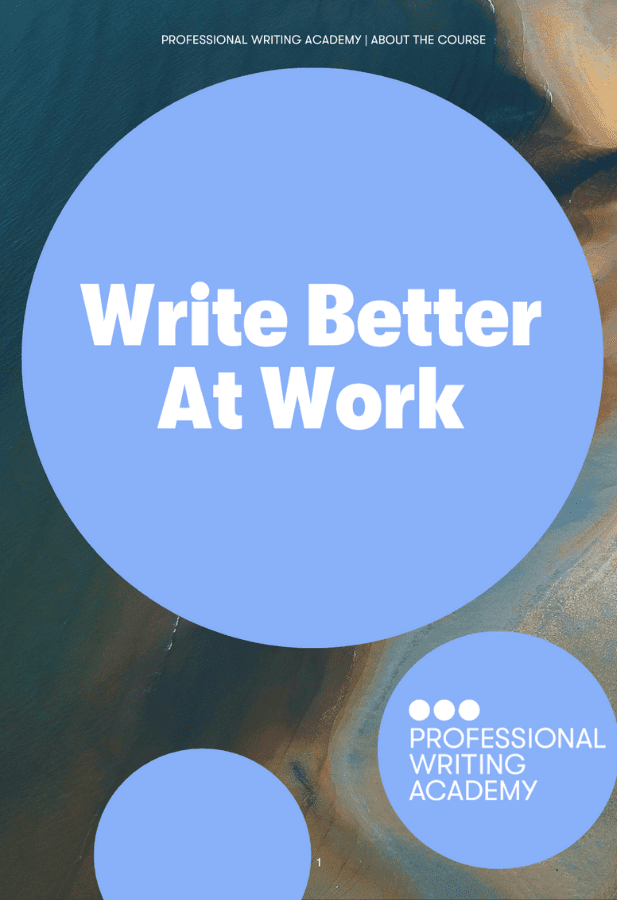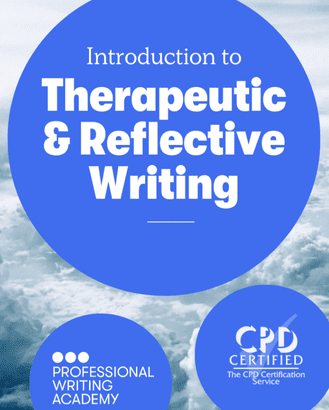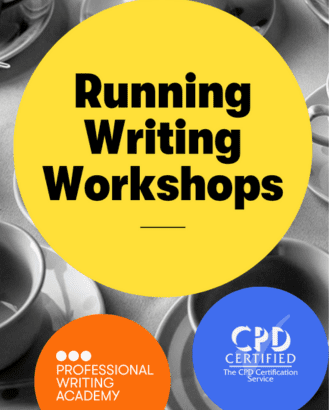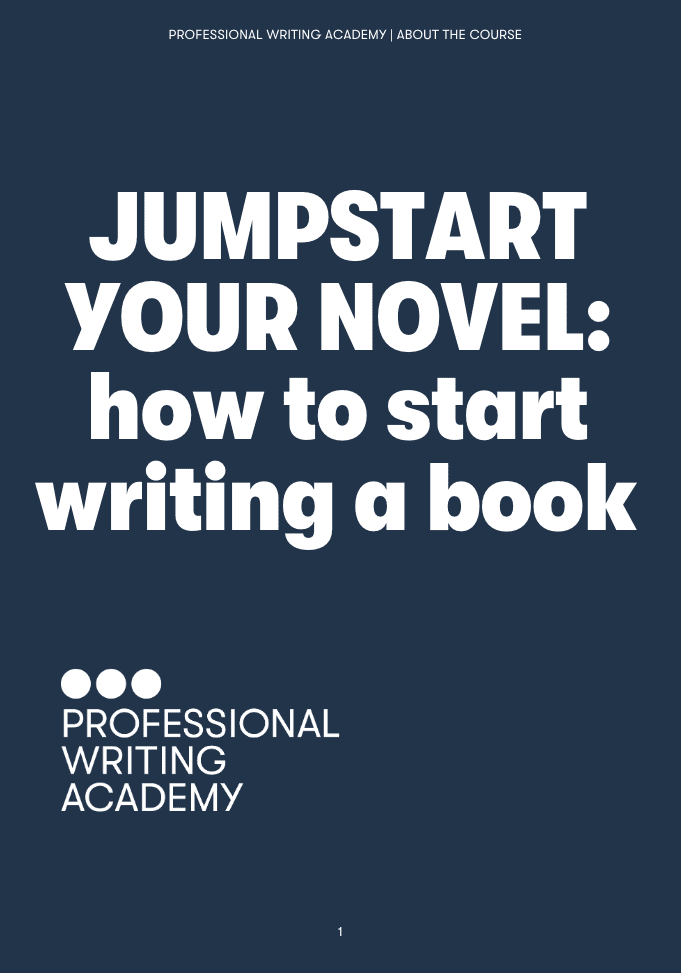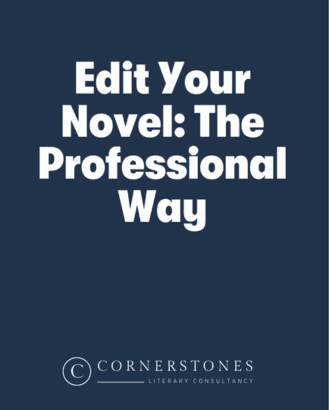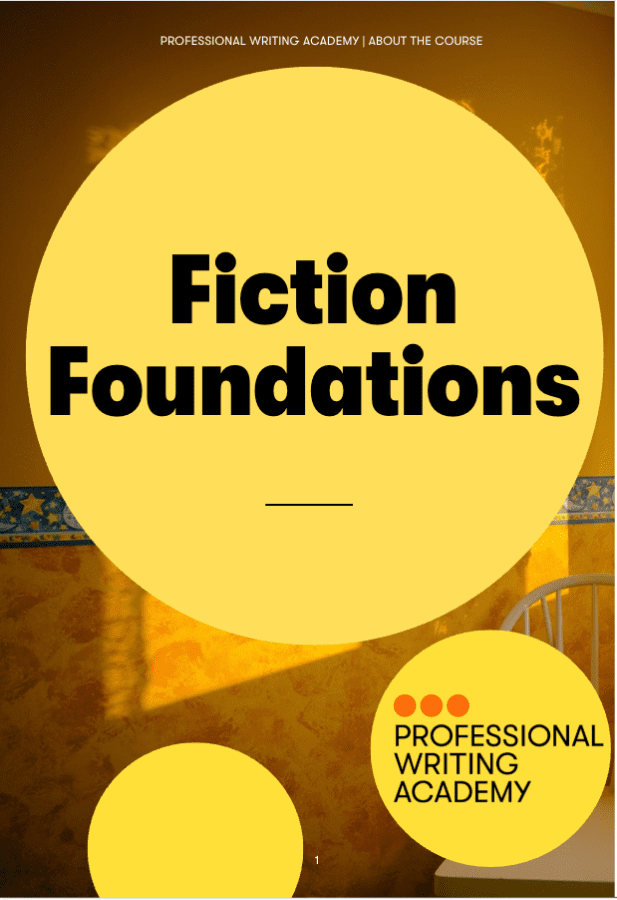The main question as you send out your manuscript will always be: will other people want to read this?
It can take multiple redrafts to shake out the core theme that you’re passionate about writing, something that people are desperate to read.
Only once the focus has been established and the superfluous has been eliminated, will you be left with something unique that feels true to your original vision for the book.
This final version will contain the beating heart of the story and will fulfil the promise that had you beginning the writing journey in the first place. In order to get to this stage, self-editing techniques are crucial. There needs to be redrafts to hone your story-writing skills and distil the narrative to its essential core.
The final editorial flush-through should get the manuscript up to submission level but it’s a hard task to master.
There’s often one big push needed right at the end and many falter at this stage, unable to see where they’re heading. It’s a little like climbing a mountain as one navigates a path that should feel effortless for those who follow it afterwards. The slog can be tough but also fascinating as one pushes characters into key directions, eliminates storylines that just aren’t working and polishes descriptions and dialogue so that they feel fluid and compelling.
As you approach the final stage of your novel, be bold and keep your cuts in a separate file if you really can’t bear to press the delete button. You might be surprised to see how well the text can work without your needing to reinstate paragraphs that once seemed so valid. Cutting back is often the toughest stage for writers at the start of their career as there can be a tendency to overwrite in places when every word feels precious.
Remember that a reader will be better drawn into the story if they are actively engaged, with less handholding; questions should be posed within scenes that aren’t immediately answered, to keep those pages turning.
Finally, check your pacing, trimming back on the superfluous paragraphs or even whole scenes or subsidiary storylines that just don’t quite work.
It can be liberating to free one’s story from the shackles that have held it back, even if it means occasionally dispatching long-held ideas and passages of text. You might even need to extend your words in other places, if a key moment doesn’t carry enough weight or feels lost within the narrative.
In our commercial, competitive marketplace of publishing, it’s the shorter manuscripts that tend to feel tauter and more compelling – they’re easier to sell and are more readable.
Give yourself time to ensure your final edits are in place before finally sending out the manuscript on submission; a beta reader or an editorial consultancy can help with this crucial stage. You’ll hopefully then give the final push and polish to a story that will capture the imagination of agents and readers alike.
Key tips for self-editing :
- Focus on writing what readers want to read and identify a core theme that resonates
- Self-editing is crucial to distil the narrative down to its essential core
- The final version should contain the heart of the story and fulfil your original vision
- Cutting back and eliminating unnecessary elements is tough but necessary for a compelling story
- Engage readers by posing questions within scenes to keep them turning the pages
- Check pacing and trim back superfluous paragraphs, scenes, or storylines
- Shorter manuscripts tend to be more taut and compelling in the competitive publishing market
- Take time for final edits and consider workshops, beta readers or editorial consultancy for feedback
- Polishing your manuscript is vital for capturing the attention of agents.
Want to learn how to self-edit like a professional? Take a look at our Edit Your Novel: The Professional Way course.
This piece was originally featured in our newsletter. Want exclusive content and tips from our experts? Sign up to our newsletter for news about upcoming events and much, much more.


